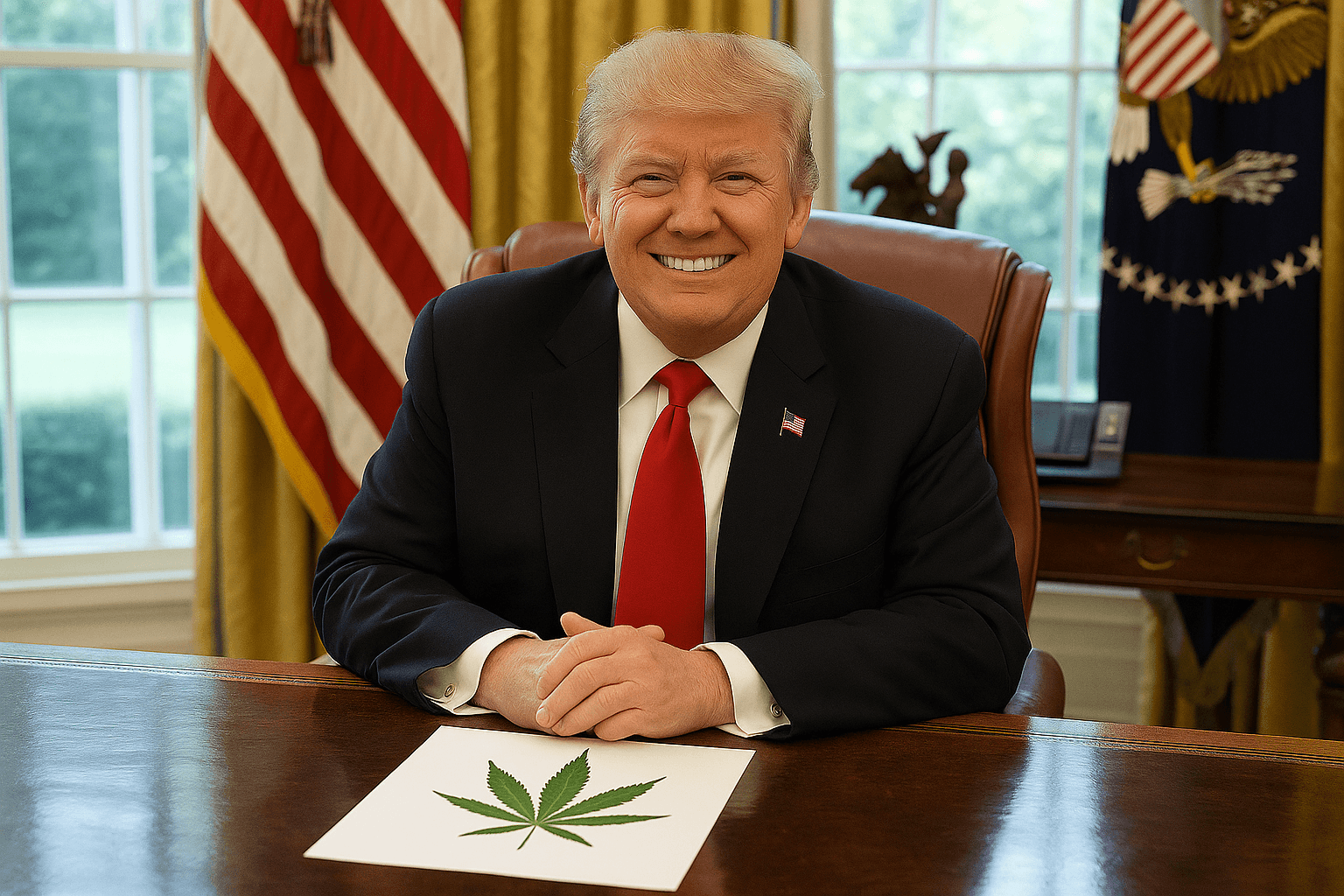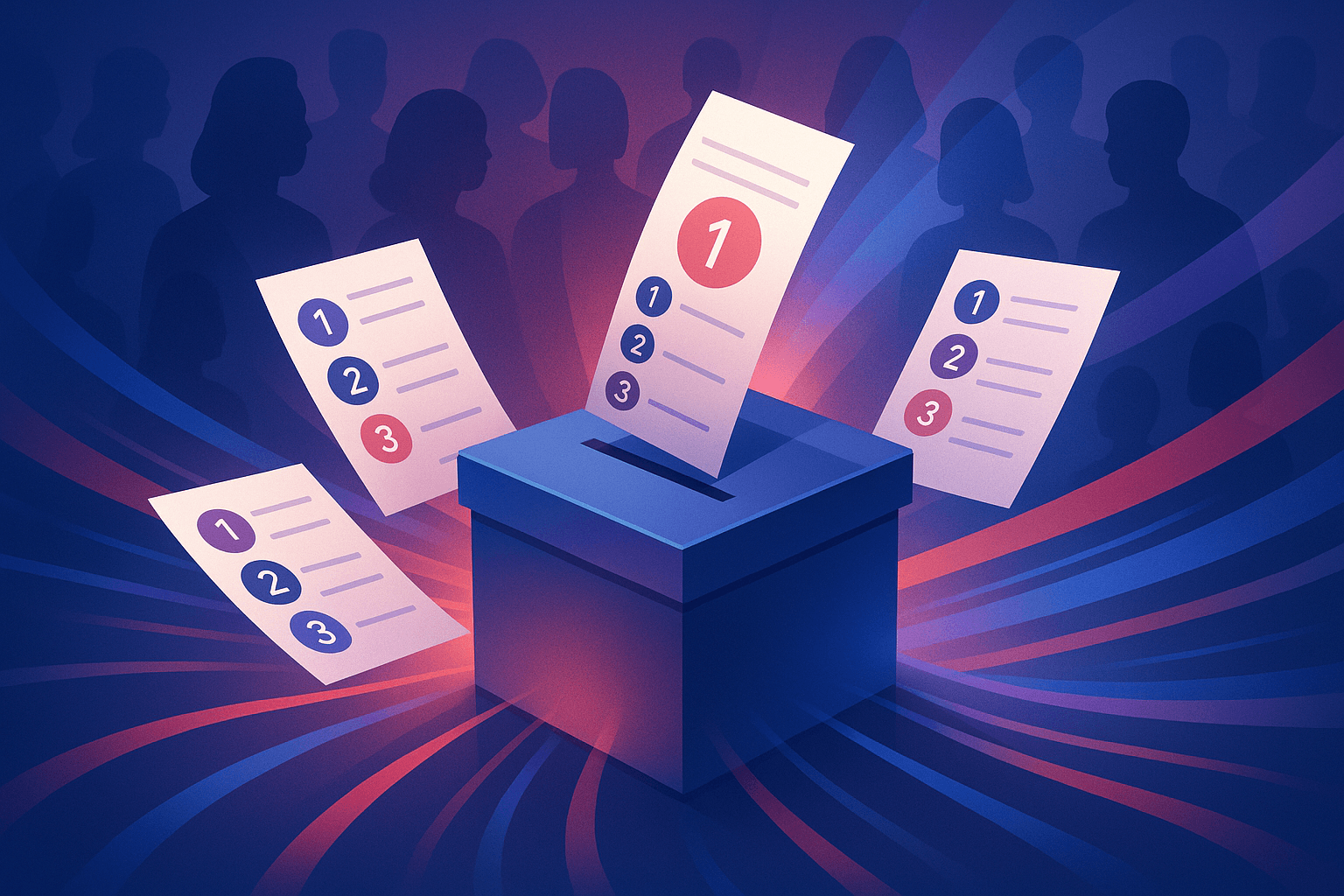Howorth, Allen Among Field of SD-26 Candidates Who Support Top-Two Primary

Going into the California primary on June 3, the race for state Senate District 26 went from one of the least competitive districts in the state to one of the most competitive thanks to the nonpartisan, top-two open primary system.
The two highest profile candidates in the race, Amy Howorth and Ben Allen, both support the nonpartisan primary system and have made the greatest efforts at reaching out to voters across party lines. Under "Top-Two" -- approved by state voters in 2010 under Proposition 14 -- all candidates appear on a single ballot, regardless of party affiliation, giving voters an equal opportunity to select the candidate they want to vote for most.
Howorth, the mayor of Manhattan Beach, has made support of open primary a cornerstone of her campaign. Allen, a school board member for Santa Monica-Malibu United School District, has received support from businessman and philanthropist Bill Bloomfield, who was one of the earliest supporters of the new primary system.
Voters in SD-26 will have 6 other candidates to choose from on election day, all of whom are also aligning themselves with the popular top-two primary -- further evidence of the popularity of the primary reform.
SD-26, which includes Beverly Hills, Redondo Beach, Santa Monica, and parts of Los Angeles, is a heavily Democratic district. Democrats in non-special general elections have a record of garnering close to 90 percent of the vote. In 2010, when there were 4 candidates on the general election ballot, the Democratic incumbent still managed to get over 81 percent of the vote.
Under the old rules, the winner of the June primary would more than likely have been unopposed in November. The single NPP candidate running wouldn't have been able to be on the primary ballot and would have needed to turn to the petition process after the primary.
With 8 candidates on the ballot, independent and Republican voters will have a dramatic impact on the results and every candidate will have to reach out to all voting blocs to make it on the general election ballot -- not just their own partisan base.
Though the general election will likely be a same-party race, there will be a greater effort on the part of the candidates in SD-26 to provide positions and viewpoints that appeal to ALL voters -- giving the electorate a senator more representative of the district's constituency.
This is why California's nonpartisan, top-two open primary is light years ahead of partisan primary systems in states like Texas in providing fair elections that give every voter the equal opportunity to vote for whomever they choose, not who the fringes of each party choose.
On Tuesday, May 27, Texas Lt. Governor David Dewhurst lost another runoff election against a tea party favorite, this time against state Senator Dan Patrick (R-Houston). The election wasn't even close. Patrick garnered 65 percent of the 748,448 votes cast in the race. To put that in perspective, that is nearly 100,000 less than the total population of Austin, the state's capital, or 5.50 percent of total registered voters.
Those familiar with Texas politics will argue that the lieutenant governor is more powerful than the state's governor -- in terms of political influence, this is certainly true. In Texas, the lieutenant governor rules the state Senate. He appoints all committee chairs, assigns bills to committees, and has the power to hold bills without a hearing.
It's a powerful position in the Executive Branch and it was just decided by less than 4 percent of state voters -- closer to 3.6 percent.
In a state as red as Texas, the general election for a statewide office like lieutenant governor is considered a formality more than anything. The real race is in the Republican primary where voter turnout is usually somewhere between 11-13 percent, a number that is cut in half for runoff elections. When the candidates the public will get to choose from in November are decided by less than 4 percent of the voting population, that doesn't give voters real choice in the general election.
In elections that heavily favors one party over another, a reality often ignored by opponents of the top-two open primary, improving voter choice means giving ALL voters an equal and meaningful say on who represents them. The nonpartisan, top-two open primary in California enhances this fundamental right by giving every voter, regardless of political affiliation, a chance to decide who ends up getting elected.



